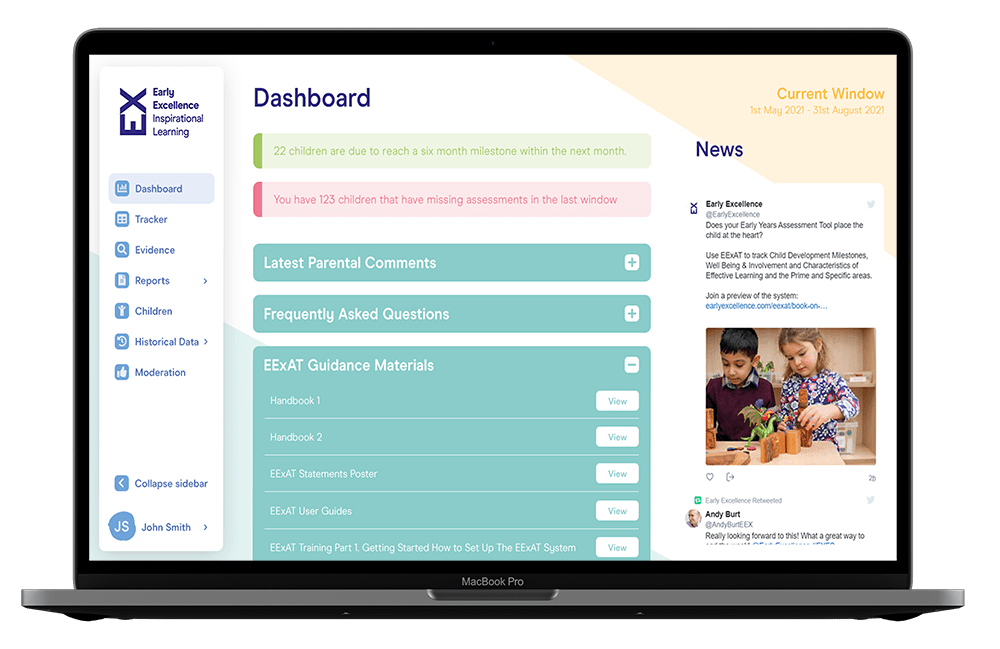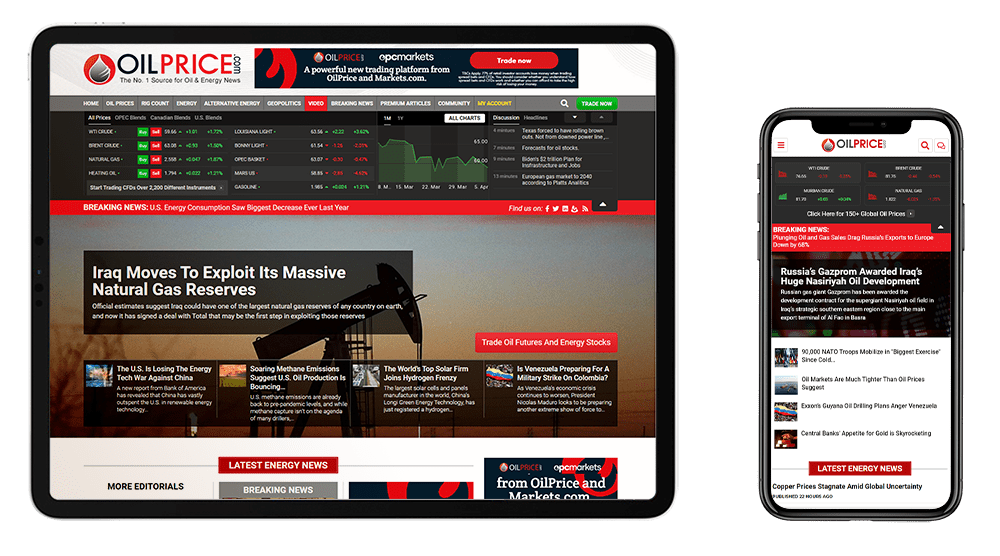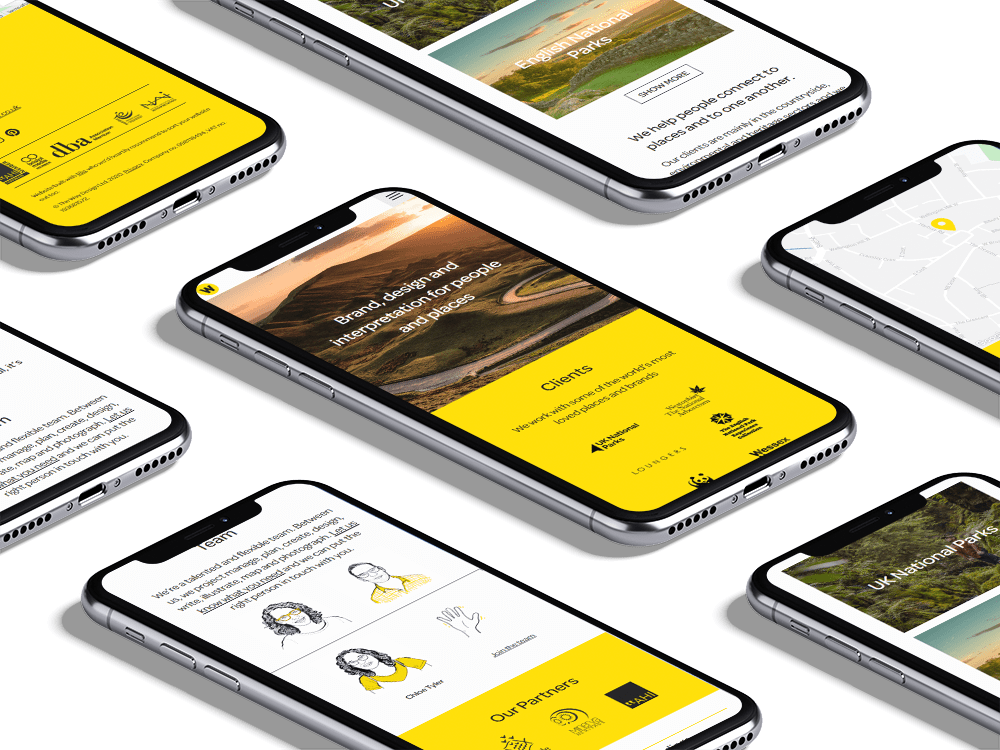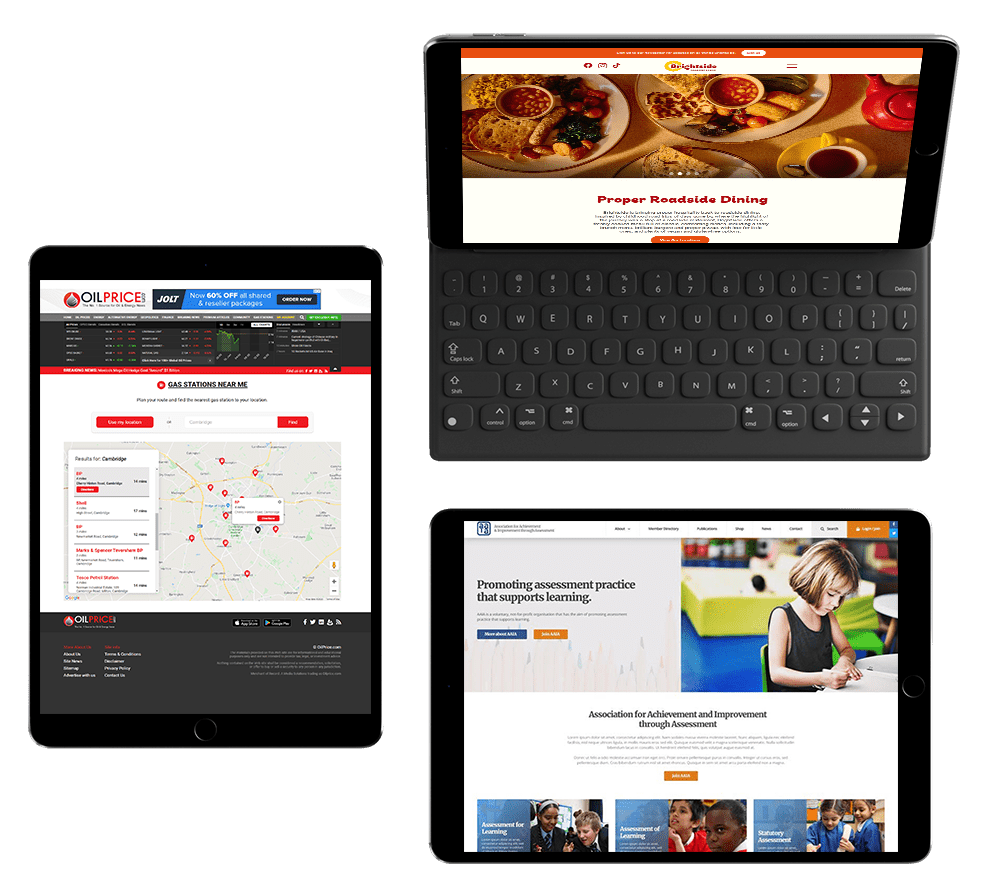Web Strategy & Consultancy
Let us help you turn your digital woes into digital wins. At the heart of our business lies a genuine enthusiasm for finding solutions that increase efficiencies and make your team more productive and effective.
From fine-tuning existing websites to providing insightful consultations for new ventures, our expertise covers a spectrum of challenges. We’re known for being pragmatic and collaborative to help you chart a path toward achieving your business objectives.
Not only are they a pleasure to work with but their knowledge and skill are second to none. It’s not a case of future-proofing with them, they always seem to be 2 steps ahead of whatever the current trends are. 18a always go above and beyond, their enthusiasm for what they do is contagious!

User Experience
User Experience (UX) has been at the forefront of our work before it even had a name – what’s the point of a website if it doesn’t have a good UX? We can review your existing site, future plans, or work with you on something brand shiny new to ensure your visitors get the very best warm fuzzy feeling when they visit your site or use your app.
Plus, UX for us isn’t just about your visitors – too often organisations come to us with sites that are creaking at the seams and giving their admin team an awful experience. No one looks forward to going to work every day to work on a website that is slow, keeps crashing or stops you being able to do anything efficiently. Your team’s UX is just as important as customer experience, and we can help with the technicalities behind making that smooth, too.

Solutions Architecture
In days gone by, if you needed it, you had to build it. Nowadays, with the rise of SAAS (Software as a Service) solutions – especially since Covid-19 – that’s not the case.
There is an increasingly long list of ways to go about the same task – but those options bring their own pros and cons. Working with the web every day, being able to build whatever we want but not seeing the point in reinventing the wheel, we can help you uncover the best solutions for your project and – with our technical skills – help you understand how those solutions can fit together for the best results.

SEO & Site Audits
Are you not ranking as you’d like to be? Have you dropped, or have you just never quite cracked it? Are you embarking on a new project and want to be sure to carry forward your hard won SEO results? We can provide audits and deep dives into your technical SEO, helping you find easy wins, and prioritising budget spend.
We can then action those changes if you want us to, but we’re also always happy just to lend a consultancy hand before your regular developers step back in – we don’t like to tread on toes. Once you’re working on SEO, you quickly cross over into speed optimisation and performance… which can take you into security and accessibility – all of which we can help with. We also provide SEO training for teams wanting to develop the skills inhouse, and have a range of read-to-download e-books for various aspects of SEO, GEO (getting found in AI) and more.

Tender Writing
Whether you’re a start up or an established brand, if you’re going out to tender, it can be wise for someone who understands the web to run an eye over your brief documents, or even write them for you.
So often we see RFPs asking for non-essential things that will inflate the cost, or requirements that are ambiguously written and risk being misinterpreted.
Responses are also often difficult to intepret and compare, filled with technical jargon and marketing spiel. With a background in communications and PR, alongside a twenty year career in digital project management, Lisa can help you manage and understand your responses, pushing back for further information where necessary, and digging into the detail of each quote. This holistic approach minimises the chance of requirements being skipped, or overlooked entirely, and ensures the proposed solution will meets your requirements.
Read more about our technical brief writing service.

In-house Upskilling
Whether your team just need some general digital upskilling so they can work on your WordPress site more effectively day to day, or they need a tailored course in SEO, we can help.
We’ve taught SEO for years as we believe it to be a much more cost effective approach than you paying an SEO agency for what are often – once the strategy and main work is done – easy, repetitive tasks.
We’ve also got a range of ready-to-download e-books, many of which are free, available here.
Hello, Agencies 👋
Let us be your technical partners, delivering projects under your banner, for your clients.
Due to our in house skill set, agencies often come to us when they need specialist help. If you’re looking for a friendly bunch of people to help you with any digital projects that are straying outside of your comfort zone or that you just don’t have resource for right now, give us a shout.
We’re used to NDAs and whitelabels – although we do find direct client contact is the most effective, whilst always keeping you in the loop. We really value building long relationships with our agency clients.
I couldn’t think of a better partner; they’ve become like an extended part of our team and I couldn’t do without them!